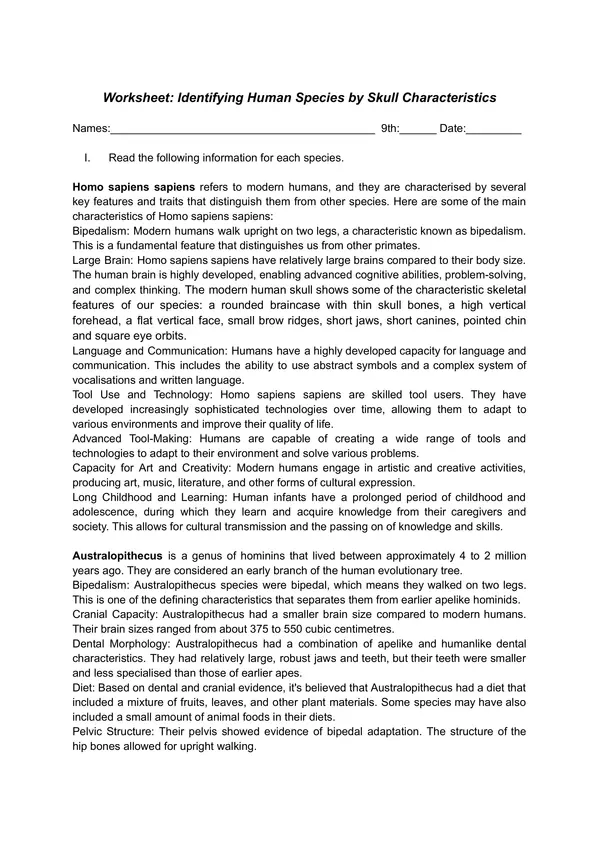
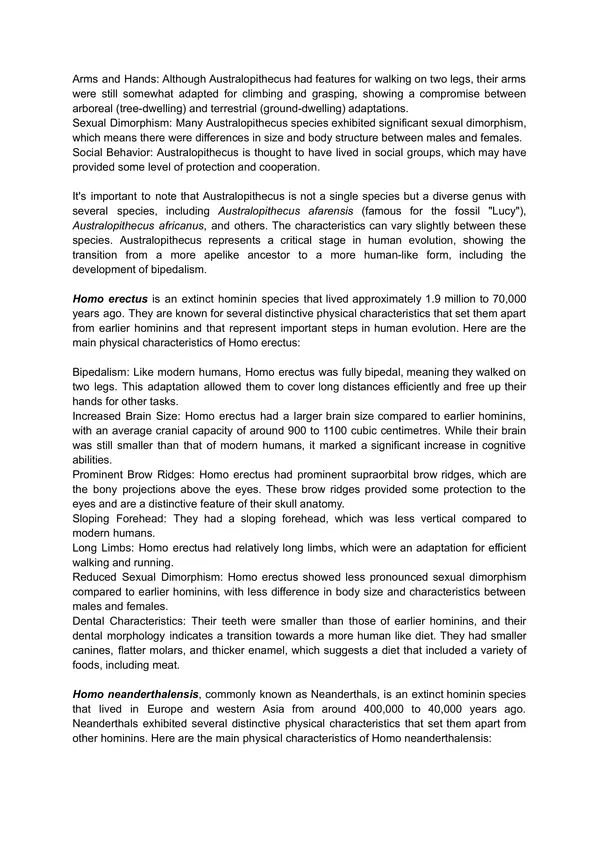
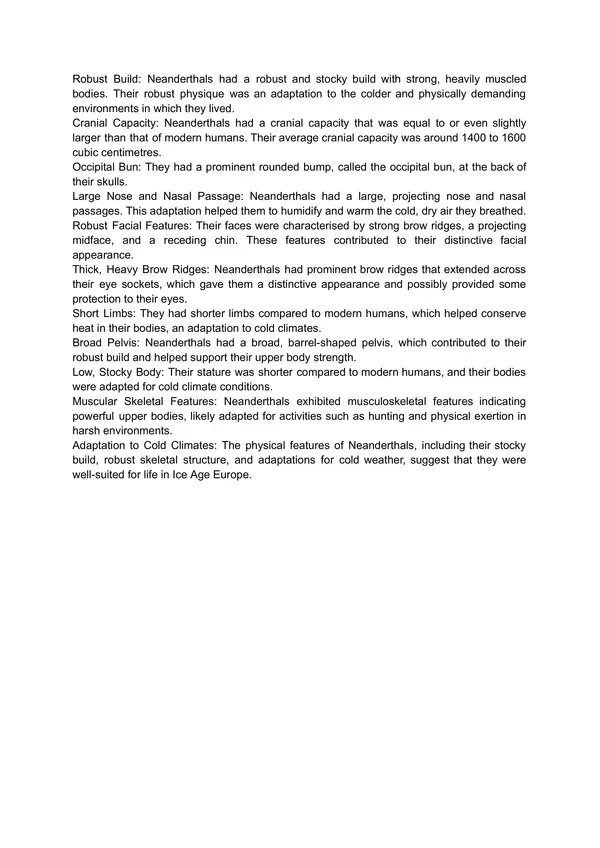
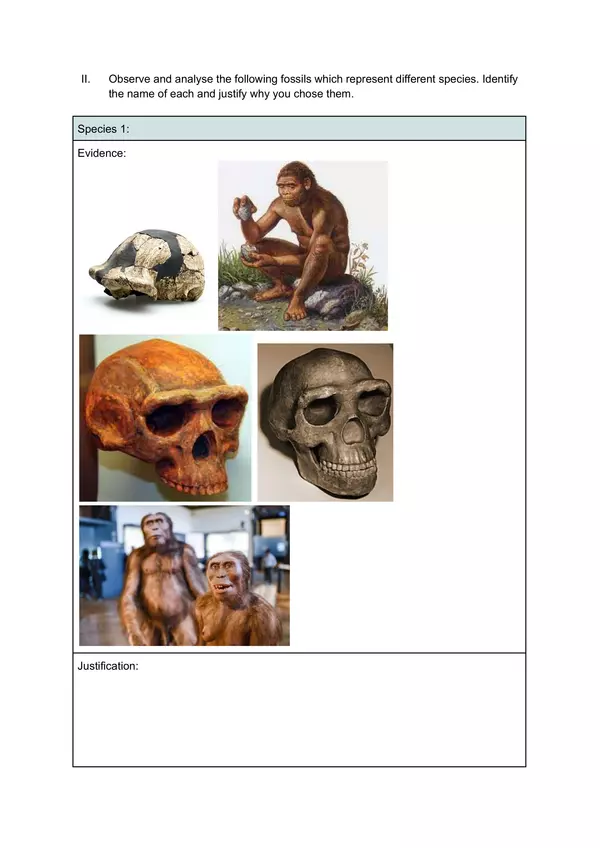
ProfeCoins  10
10
| Resource type | Worksheet |
| Recommended age | 13 - 18 years |
| File information | pdf, 9 pages, 6.87 MB |
The goal of this worksheet is to hone critical skills such as reading comprehension and the analysis of information related to the behaviour and physical characteristics of human ancestors. Students will apply these skills to connect this knowledge with visual representations of skulls and various fossils. To achieve this, students will:
1. Begin by reading a text containing information about human fossils.
2. Observe images of human fossils and match each image with the appropriate description, providing justifications for their choices.
3. Proceed to construct a timeline that illustrates the evolution of humanity, with a specific focus on understanding the reasons for this evolution and its significance.
4. Answer open questions in order to understand the evolution of the human being, specifically why it happened and the importance of it.
In essence, this worksheet serves as a comprehensive exercise to help students explore the evolution of human beings by integrating textual and visual information, critically analysing it, and drawing connections to broader concepts.
1. Begin by reading a text containing information about human fossils.
2. Observe images of human fossils and match each image with the appropriate description, providing justifications for their choices.
3. Proceed to construct a timeline that illustrates the evolution of humanity, with a specific focus on understanding the reasons for this evolution and its significance.
4. Answer open questions in order to understand the evolution of the human being, specifically why it happened and the importance of it.
In essence, this worksheet serves as a comprehensive exercise to help students explore the evolution of human beings by integrating textual and visual information, critically analysing it, and drawing connections to broader concepts.
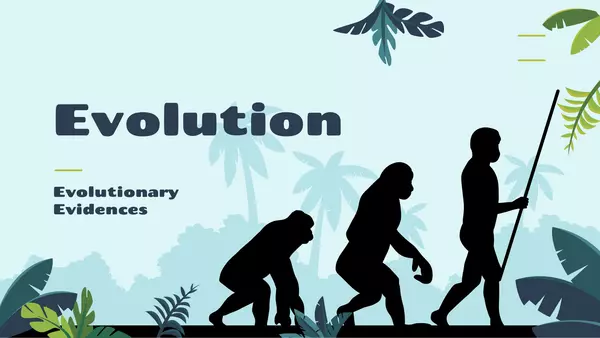
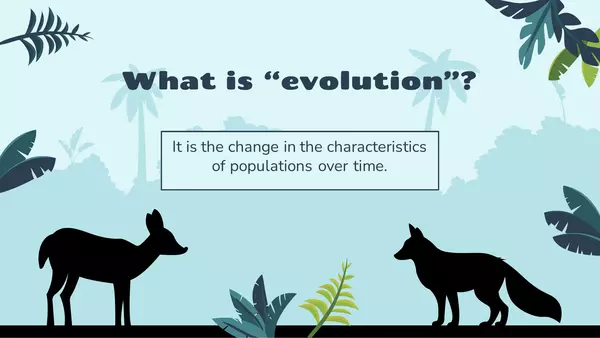
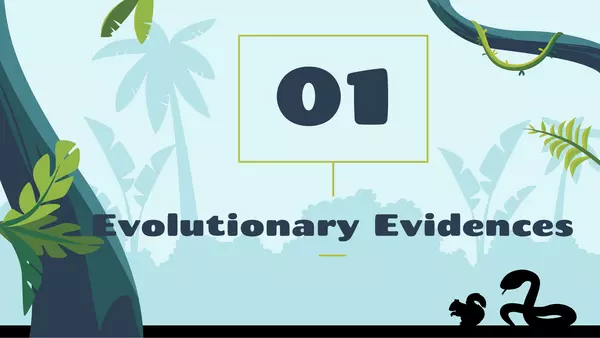
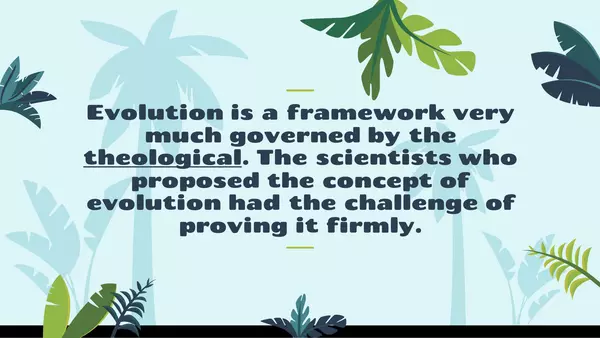
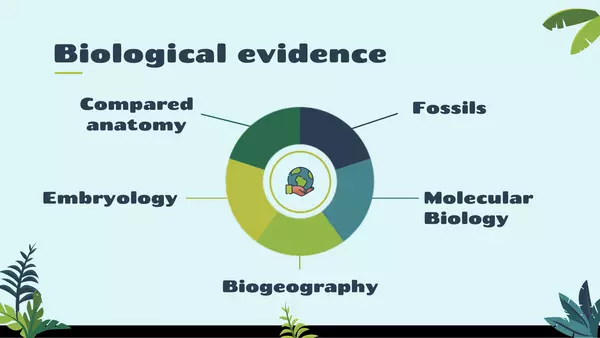
There are no comments yet, write one yourself!